Imagine you’re trying to beautify a shady corner of your garden, but the lack of sunlight makes it seem almost impossible.
You’re not alone—many gardeners face this challenge, often feeling limited by their options. However, there’s a world of shade-loving plants waiting to transform those dim areas into vibrant landscapes.
These plants thrive under canopies and in cool corners, bringing life and colour where you thought it wasn’t possible. Let’s explore how you can turn your shaded spaces into enchanting garden features with the right plant choices for your garden.
Types of Shade Loving Plants
Exploring the right plants for shaded gardens can significantly brighten and enliven your outdoor space. Here’s a breakdown of various types that thrive without full sunlight.
Foliage Plants for Shady Areas
Foliage plants are perfect for adding lush greenery to dim corners. Hostas, with their wide, ribbed leaves in shades of green, blue, and yellow, make a striking choice.
Another great option is the fern family; these plants come in an array of shapes and textures from delicate maidenhair to robust ostrich ferns. They require minimal care besides keeping their soil moist.
Flowering Plants for Shade
Even without much sunlight, you can enjoy vibrant blooms. Astilbes are fantastic with their feathery flowers ranging from white to deep red that appear above fern-like foliage in summer.
Bleeding hearts also flourish in shade; they produce heart-shaped pink and white flowers that dangle enticingly from arching stems during spring.
Groundcover Plants for Shade
Cover your garden floor with attractive groundcover species that prevent weed growth while beautifying shadowed plots. Pachysandra terminalis is highly reliable, forming dense mats of evergreen leaves throughout the year.
Similarly, sweet woodruff charms with its star-shaped leaves and white springtime blossoms, filling the air with a fresh scent.
Climbing Plants for Shady Gardens
Climbers can turn bare walls or fences into lush vertical gardens even in reduced light conditions. Ivy is a classic climber known for its ability to adhere directly onto surfaces offering dense coverage quickly.
For something different,you may well try climbing hydrangea which features large white flower clusters each summer against rich dark-green leaves creating stunning visual interest up high.
Popular Shade Plants to Beautify Your Garden
Transform your shady garden spots into stunning features with the right plants. Here’s a guide to some top picks that thrive in low light.
Hosta

Hostas are a gardener’s favorite for shaded areas thanks to their lush foliage, which comes in various shapes and colors.
They’re perfect for giving depth and texture under tree canopies or in border backgrounds. With minimal care, they’ll flourish and fill out your garden beautifully.
Astilbe
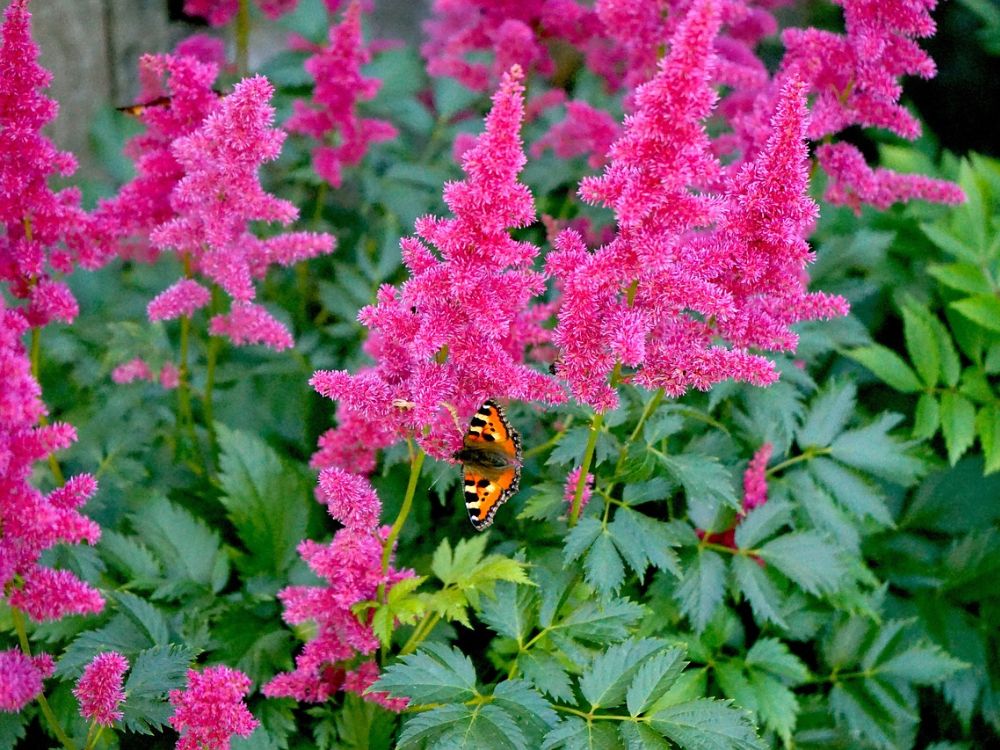
Astilbe is known for its feathery, plume-like flowers which add a soft burst of color to any shade garden.
It thrives in moist soil, making it ideal alongside ponds or in wetter parts of your garden. The blooms appear from late spring to midsummer, depending on the variety.
Ferns
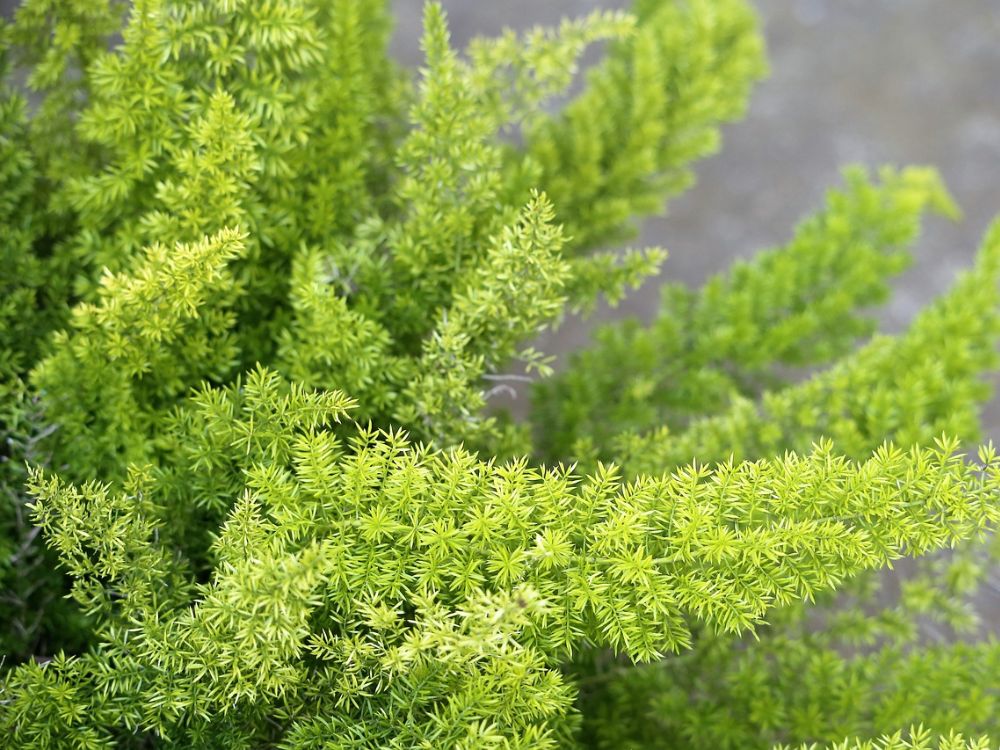
Ferns bring an element of delicate beauty with their intricate fronds. Ideal companions for other woodland plants like primrose or hosta, ferns require damp soil and minimal sunlight, thriving even in the darkest corners of your garden.
Philodendron
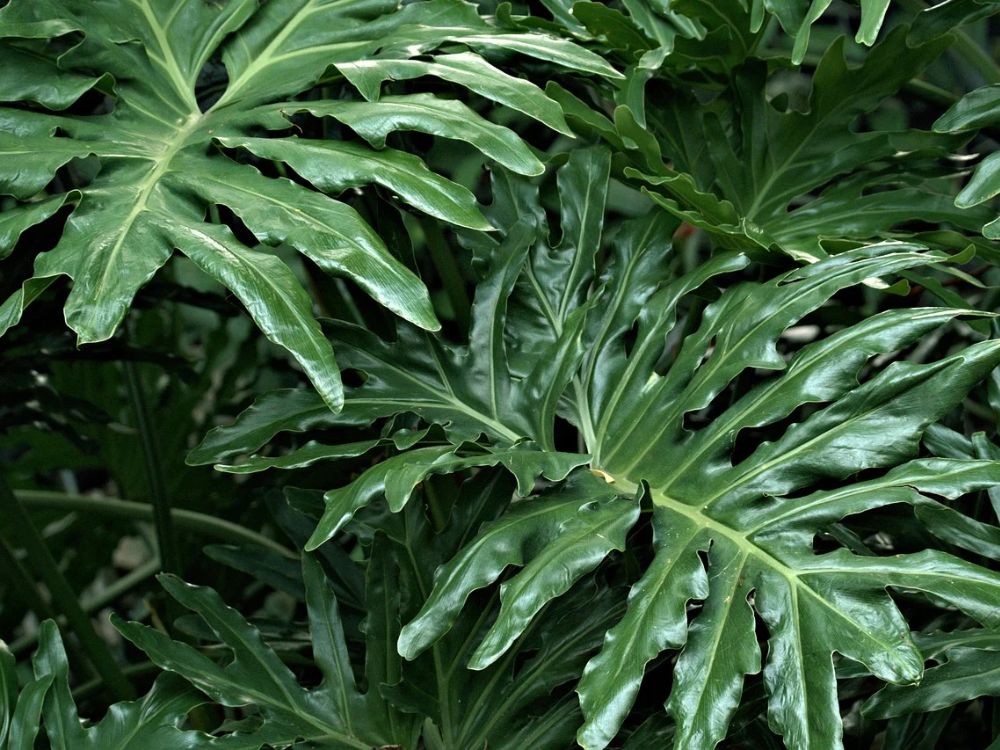
Philodendrons are versatile indoor and outdoor plants that adapt well to low light conditions. Their glossy leaves provide year-round interest whether you plant them outdoors in mild climates or use them as houseplants elsewhere.
Hellebore
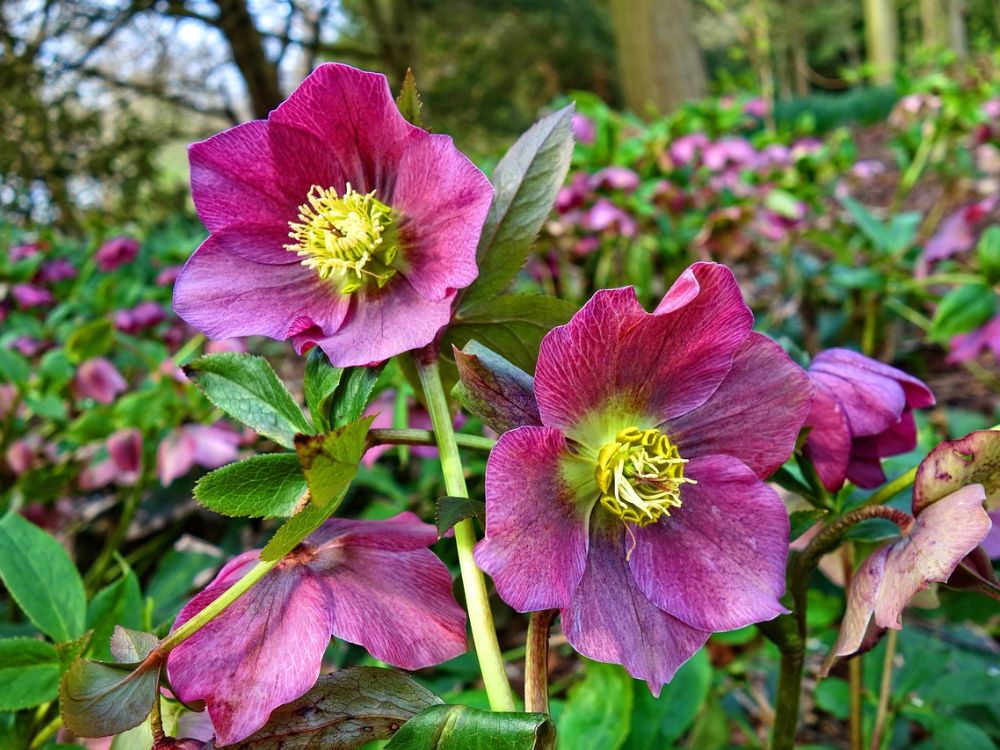
Hellebores are robust perennial plants flourishing early in the year when most others are dormant. Their nodding flowers come in hues ranging from deep purple to cream, vitalizing drab winter gardens.
Brunnera
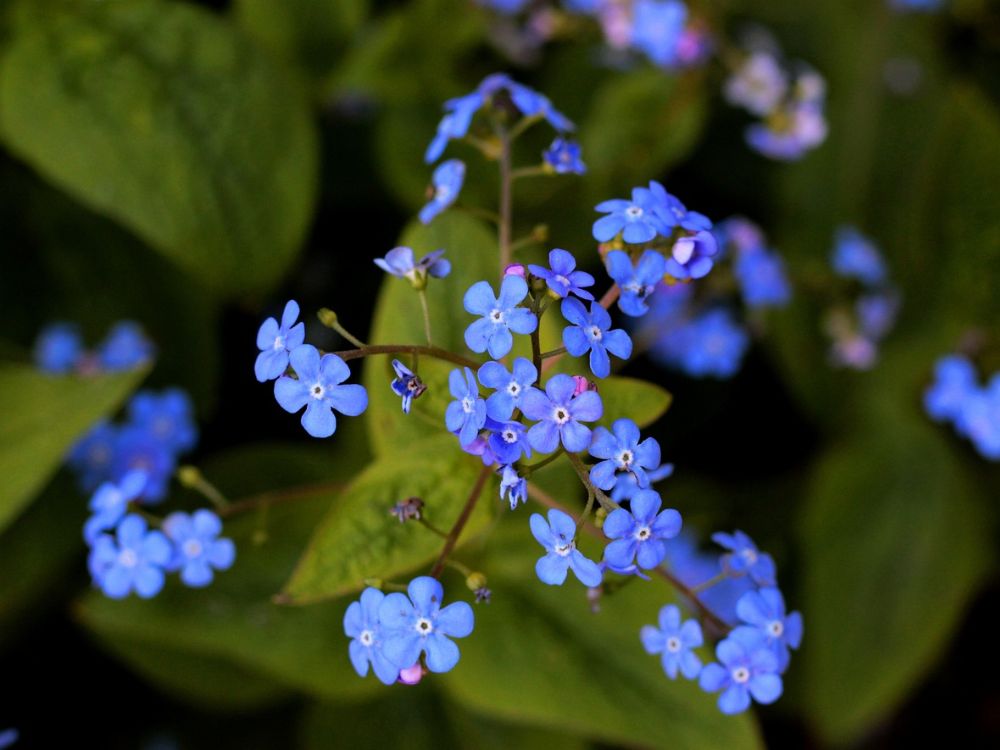
Brunnera stands out with its heart-shaped leaves detailed by unique silver variegation patterns across the surface—ideal beneath taller trees where they mirror the dappled light perfectly.
ZZ Plant
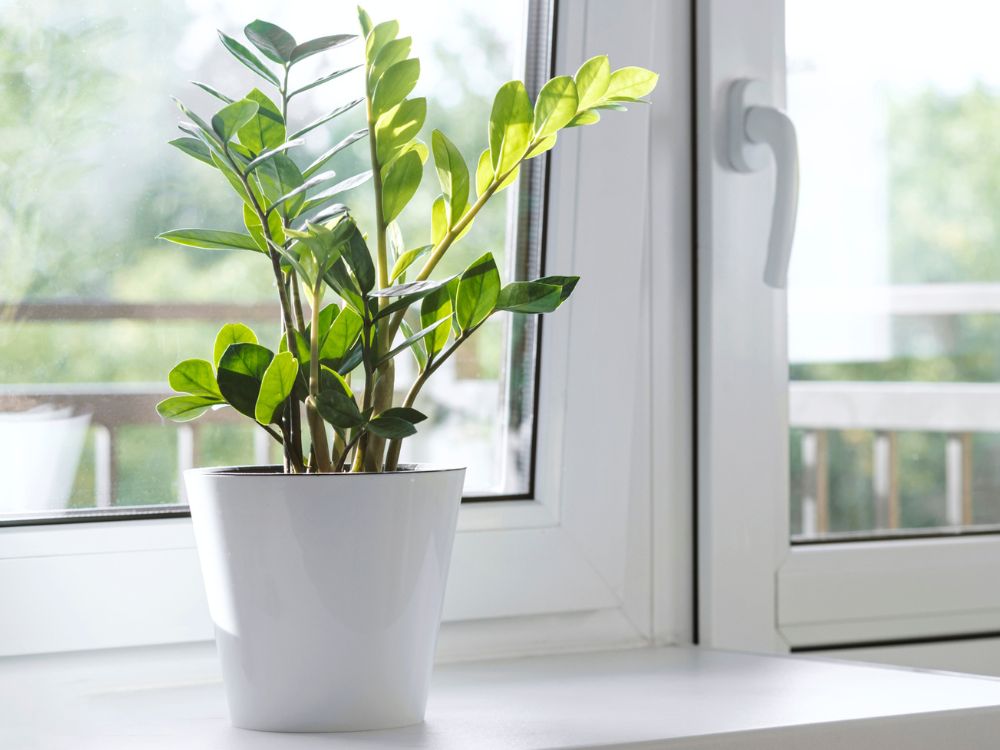
ZZ Plants are nearly indestructible and can survive with little natural light and water. Their waxy leaves reflect what little light there is efficiently brightening up dim corners of any room or balcony.
Devil’s Ivy (Epipremnum Aureum)

This climbing vine thrives without much care; it’s perfect for hanging baskets or as a trailing plant along shelves where direct sunlight doesn’t reach often—it’ll still grow vigorously!
Cast Iron Plant (Aspidistra)
True to its name, this sturdy plant withstands neglect better than most! Aspidistra thrives even in deep shade indoors or under dense tree canopies outside while maintaining its elegant poise through every season.
Elephant Ears (Alocasia)
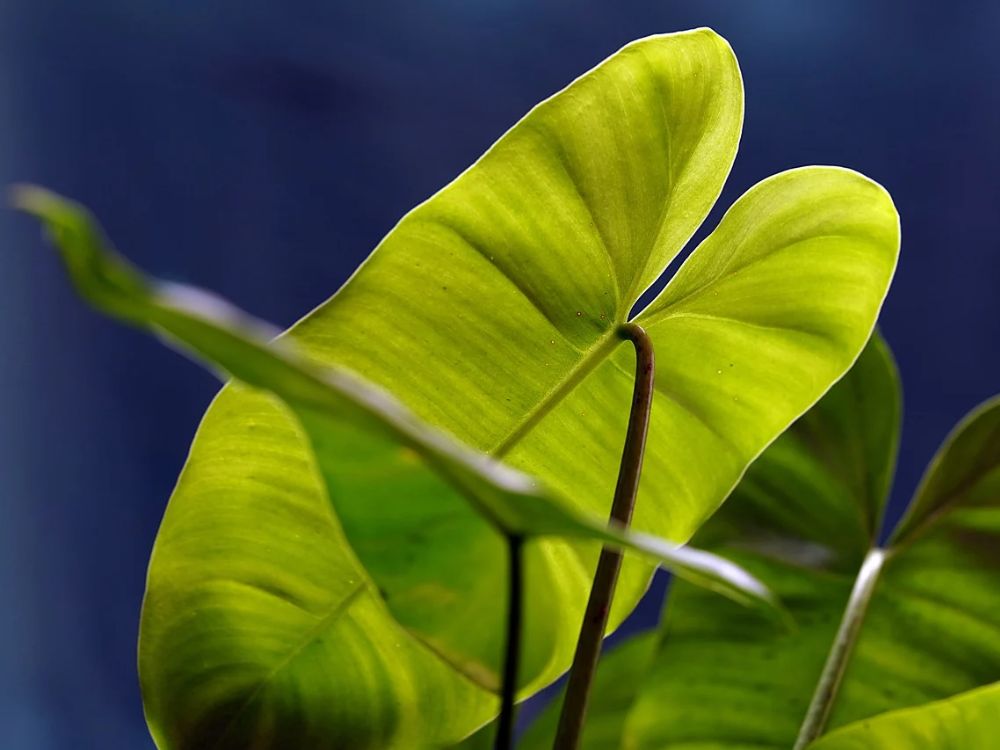
For dramatic flair in your shade garden: Alocasia boasts large arrowhead-shaped leaves that stand up on tall stalks creating striking visual interest wherever planted—perfect against bare walls or along north-facing fences.
Begonia

Begonias bring persistent colour throughout summer; these tender perennials sport fleshy leaves adorned by vivid blooms ranging from pinks to reds—a delightful splash against subdued green backdrops!
Primrose

Early spring showers bring vibrant primroses offering a spectrum of colours; these small but mighty flowers prefer cooler environments shielded from intense afternoon sun—they pair wonderfully around fern banks or stone paths!
Bleeding Heart
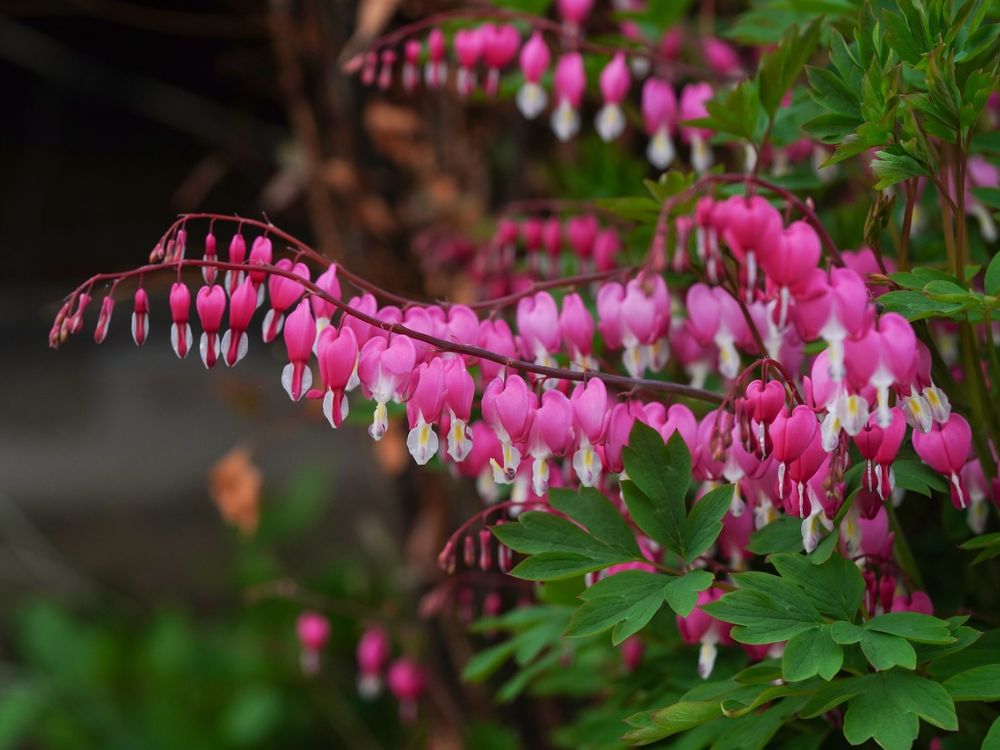
Celebrated for their heart-shaped blossoms dangling off arching stems during springtime; Bleeding Hearts set romantic tones especially beneath mature trees providing contrasting texture amidst rough bark surfaces.
Rhapis Palm
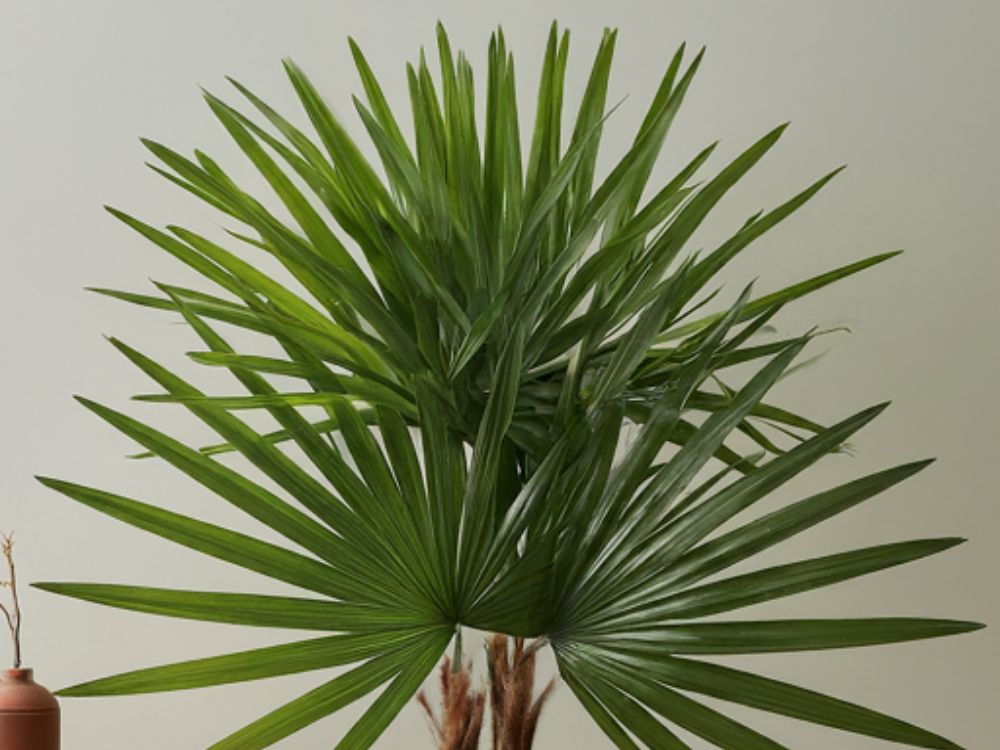
Known also as Lady Palm due to slender leaflets forming fan-like arrangements atop thin trunks—Rhapis Palms add tropical elegance effortlessly into shadowy interior spaces needing natural accents.
Caring for Shade Loving Plants
Shade-loving plants can transform those darker corners of your garden into lush, tranquil retreats. Here’s how to nurture them properly.
Understanding Shade Types: Light, Partial, and Full Shade
Different plants thrive under different shade conditions.
Light shade occurs under open trees that allow good light penetration or on the north side of a wall.
Partial shade means the area is covered for part of the day; morning sun with afternoon shade or vice versa is ideal.
Full shade areas receive no direct sunlight but do have some reflected or indirect light. Choose plants that suit your garden’s specific conditions to promote healthy growth.
Soil and Moisture Needs
Soil quality and moisture levels are crucial in shaded areas as they can vary significantly from sunny spots. Most shade-loving plants prefer rich, well-drained soil that retains moisture without becoming waterlogged.
Before planting, enrich your soil with organic matter like compost to improve its structure and nutrient content. Check the soil’s moisture regularly since shaded areas can either dry out slowly due to less evaporation or remain too damp which could harm plant roots.
Tips on Fertilisation and Pruning for Shade Plants
Fertilize sparingly, as excessive nutrients can lead to weak growth unsuited to low-light conditions. Use a balanced fertilizer geared towards foliage development rather than flowering unless you’re caring for blooming shade plants like astilbes or bleeding hearts.
Pruning needs vary: some plants benefit from occasional thinning to boost air circulation and light penetration; others may well need regular cutting back to maintain their shape or encourage new growth after flowering ends.
Design Ideas Using Shade Loving Plants
Shade-loving plants can transform those darker corners of your garden into lush, leafy sanctuaries. Let’s dive into how you can structure and enhance these spaces effectively.
Creating a Shade Garden Layout
Start by assessing the shaded areas in your garden to determine which spots receive light and when. Use taller shade-tolerant shrubs or trees as the backdrop, layering with medium-sized plants in front, and edging with low groundcovers or ferns.
This tiered approach helps utilize every level of available light and creates a structured, deep visual effect. Pathways lined with soft moss or decorative bark chips can define different sections while maintaining an organic feel.
Combining Plants for Visual Impact
To achieve a visually striking shade garden, mix textures and leaf shapes. Combine broad-leafed hostas with fine-textured ferns like Lady Fern or Japanese Painted Fern for contrast.
Introduce flowering shade lovers such as Astilbe or Bleeding Heart to inject seasonal colour bursts amidst green foliage. Group plants in odd numbers for a natural look, ensuring each species has room to flourish without overcrowding.
Tips on Using Colour and Texture in Shade Gardens
In shaded gardens where vibrant flowers may be scarce, rely on colourful foliage to brighten dim areas. Plants like Coleus offer leaves in shades from deep maroon to fiery red-orange that stand out against darker greens.
Variegated species such as Calathea also add interest through their unique patterns. To enhance texture, incorporate fuzzy-leaved plants like Lambs’ Ear or velvety Rex Begonia — these create tactile diversity that invites closer inspection.
Image by kseniasol/depositphotos
